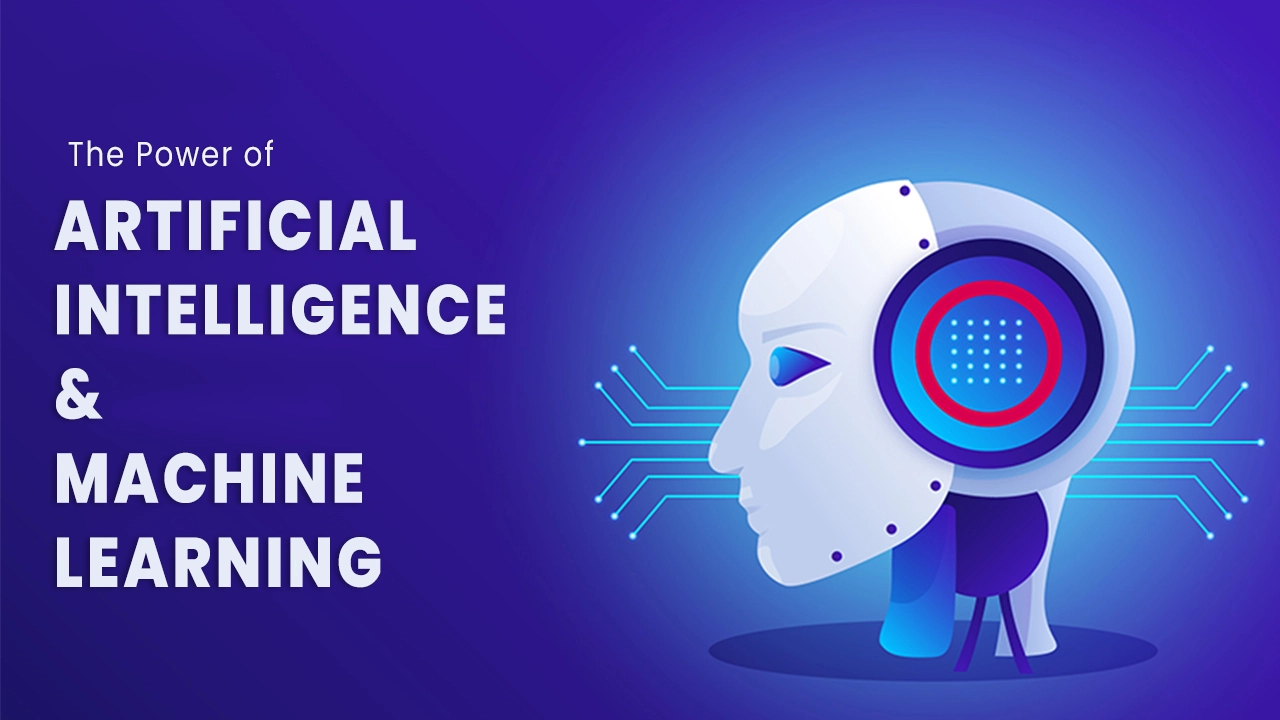
It's been a number of days given that DeepSeek, a Chinese expert system (AI) business, rocked the world and worldwide markets, sending American tech titans into a tizzy with its claim that it has built its chatbot at a tiny portion of the expense and energy-draining data centres that are so popular in the US. Where business are putting billions into going beyond to the next wave of expert system.
DeepSeek is everywhere right now on social networks and is a burning subject of discussion in every power circle worldwide.

So, what do we know now?
DeepSeek was a side job of a Chinese quant hedge fund firm called High-Flyer. Its cost is not just 100 times more affordable but 200 times! It is open-sourced in the true meaning of the term. Many American companies try to solve this problem horizontally by developing bigger information centres. The Chinese companies are innovating vertically, using brand-new mathematical and engineering techniques.
DeepSeek has now gone viral and oke.zone is topping the App Store charts, having vanquished the formerly undisputed king-ChatGPT.
So how exactly did DeepSeek handle to do this?
Aside from cheaper training, not doing RLHF (Reinforcement Learning From Human Feedback, archmageriseswiki.com an artificial intelligence strategy that uses human feedback to enhance), kenpoguy.com quantisation, and caching, where is the decrease originating from?
Is this because DeepSeek-R1, a general-purpose AI system, utahsyardsale.com isn't quantised? Is it subsidised? Or is OpenAI/Anthropic just charging too much? There are a few fundamental architectural points intensified together for huge savings.
The MoE-Mixture of Experts, an artificial intelligence method where numerous specialist networks or students are used to break up an issue into homogenous parts.
MLA-Multi-Head Latent Attention, probably DeepSeek's most critical innovation, to make LLMs more effective.
FP8-Floating-point-8-bit, an information format that can be utilized for training and inference in AI models.
Multi-fibre Termination Push-on ports.
Caching, a procedure that shops numerous copies of data or files in a temporary storage location-or cache-so they can be accessed faster.
Cheap electrical power
Cheaper materials and expenses in basic in China.
DeepSeek has actually likewise pointed out that it had actually priced earlier versions to make a small earnings. Anthropic and OpenAI were able to charge a premium since they have the best-performing models. Their consumers are likewise primarily Western markets, which are more wealthy and can pay for to pay more. It is likewise crucial to not underestimate China's goals. Chinese are known to offer items at extremely low prices in order to damage rivals. We have actually previously seen them selling products at a loss for 3-5 years in markets such as solar energy and electric vehicles up until they have the marketplace to themselves and can race ahead highly.
However, we can not pay for to discredit the fact that DeepSeek has actually been made at a more affordable rate while using much less electrical energy. So, what did DeepSeek do that went so right?
It optimised smarter by showing that exceptional software application can get rid of any hardware restrictions. Its engineers made sure that they focused on low-level code optimisation to make memory usage effective. These enhancements ensured that performance was not obstructed by chip constraints.
It trained only the crucial parts by utilizing a strategy called Auxiliary Loss Free Load Balancing, which made sure that only the most pertinent parts of the model were active and upgraded. Conventional training of AI designs typically involves updating every part, including the parts that do not have much contribution. This leads to a huge waste of resources. This resulted in a 95 percent reduction in GPU usage as compared to other tech huge companies such as Meta.
DeepSeek used an innovative strategy called Low Rank Key Value (KV) Joint Compression to overcome the challenge of inference when it pertains to running AI designs, which is highly memory extensive and very pricey. The KV cache shops key-value pairs that are necessary for attention systems, which consume a great deal of memory. DeepSeek has actually found an option to compressing these key-value pairs, using much less memory storage.
And now we circle back to the most essential part, DeepSeek's R1. With R1, DeepSeek generally broke among the holy grails of AI, which is getting models to reason step-by-step without depending on massive monitored datasets. The DeepSeek-R1-Zero experiment revealed the world something amazing. Using pure support learning with carefully crafted reward functions, DeepSeek handled to get designs to establish advanced reasoning capabilities completely autonomously. This wasn't purely for troubleshooting or problem-solving; rather, the model organically discovered to create long chains of thought, self-verify its work, and allocate more computation issues to harder problems.
Is this an innovation fluke? Nope. In reality, DeepSeek could simply be the primer in this story with news of numerous other Chinese AI designs turning up to provide Silicon Valley a jolt. Minimax and Qwen, both backed by Alibaba and Tencent, are some of the high-profile names that are appealing big changes in the AI world. The word on the street is: America developed and keeps structure larger and bigger air balloons while China just developed an aeroplane!
The author is an independent reporter and features author based out of Delhi. Her main areas of focus are politics, social problems, climate modification and lifestyle-related topics. Views expressed in the above piece are personal and entirely those of the author. They do not always reflect Firstpost's views.







